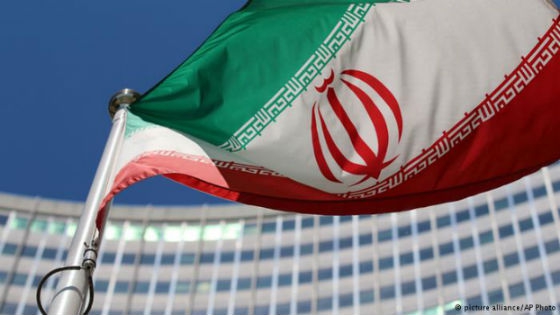Iran approved the attraction of $11.8 billion in foreign direct investment during the 12 months to December 21.
Of this sum, $11.33 billion pertain to greenfield and $496 million to brownfield investments, according to a report recently published in the government's official website.
The report was published in the runup to the anniversary of the implementation of Iran’s historic nuclear deal with world powers, known as the Joint Comprehensive Plan of Action, on January 16, 2016. The deal, signed in July 2015, granted Iran relief from years of economic sanctions in exchange for rolling back the scope of its nuclear program.
The deal opened the gates to an inflow of foreign capital to rebuild infrastructures worn out and underdeveloped under the sanctions at a time when the country faced a nosedive in the price of oil, which has traditionally been the government's main source of revenues.
Although the government is working to do away with petrodollars to finance its development projects, authorities have no illusion that foreign investment is crucial for reviving its economy.
According to the report, water and energy (including renewables) projects had the largest share of FDI approved during the period with $8.1 billion going to 35 projects.
Iran is banking on foreign investment and technology to add thousands of megawatts to its power generation capacity while upgrading its aging national electricity grid. The Islamic Republic’s installed electricity production capacity, which is currently at 75,000 MW, should reach 105,000 MW under the sixth five-year development plan (2016-21).
This means there is need to raise power production capacity by more than 5,000 MW per year. The country needs $50 billion in its electricity sector, including $35 billion in power production and $15 billion for transmission projects.
Measures have also been taken to prop up investment in renewable energy infrastructure. The installed capacity of renewable sources is planned to increase by 100 MW in the current fiscal year that ends in March 2017. Iran's total installed power generation capacity for renewables, including wind and solar, is close to 250 megawatts. Plans have been made to raise the capacity to 300 MW by 2018.
As part of efforts to cap emissions from greenhouse gases, Iran informed the Paris Climate Conference last year that it would produce up to 7,500 MW from renewable sources. This requires at least $12 billion in investment.
The government report also shows that services and tourism (a total of 17 projects worth $1.53 billion) and industries and mining ($1.53 billion for 48 projects) stood at second and third places in attracting the largest amount of FDI during the period under review.
According to Chairman of Iranian Mines and Mining Industries Development and Renovation Organization Mehdi Karbasian, development of Iran's mining sector alone needs close to $50 billion in foreign investment.
“About $30 billion of the figure will need to be invested in the steel industry and its downstream sectors, and the rest in copper, aluminum and other industries," Karbasian was quoted as saying last month.
According to the government report, FDIs were also approved in the sectors of agriculture ($512 million for eight projects), transportation and telecommunications (three projects worth $259 million) and construction ($6 billion in two projects).
A majority of investments are made in North Khorasan Province with $3.37 billion in five projects followed by East Azarbaijan with $1.5 billion in seven projects and Sistan-Baluchestan with $1.2 billion in five projects.
Europe took the lead in the size of investment, with Spain investing in a $3.2-billion project, followed by Germany with $2.96 billion in 17 projects and China with $895 million in 11 projects.
Financial Tribune
9 January

























































